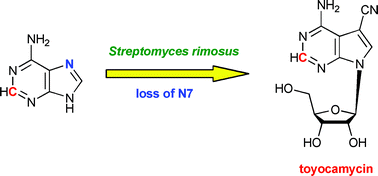Aminoglycoside antibiotics are widely used in hospitals to treat serious and life-threatening infections. Because of their widespread use, bacterial resistance is becoming more of a problem and the search for aminoglycosides which are not affected grows ever more urgent.
Sylvie Garneau-Tsodikova, Micha Fridman and their colleagues from University of Michigan and Tel Aviv University have investigated the effect of 6′- and 6′′′-N-acylation of aminoglycosides on their ability to avoid bacterial resistance while retaining their antibiotic effect. The best compounds synthesised retained their full antibiotic effect against resistant strains whilst that of their parent compound was compromised. The authors have thus opened up a new route for aminoglycoside modification and demonstrated effective lead compounds for further development—the evolutionary struggle between man and pathogenic bacteria continues.
The referees enjoyed this paper and so did we, so read this HOT article in OBC today! It is free to access until 1st April 2011.
Assessment of 6′- and 6′′′-N-acylation of aminoglycosides as a strategy to overcome bacterial resistance
Pazit Shaul, Keith D. Green, Roi Rutenberg, Maria Kramer, Yifat Berkov-Zrihen, Elinor Breiner-Goldstein, Sylvie Garneau-Tsodikova and Micha Fridman
Org. Biomol. Chem., 2011, Advance Article
DOI: 10.1039/C0OB01133A, Paper












